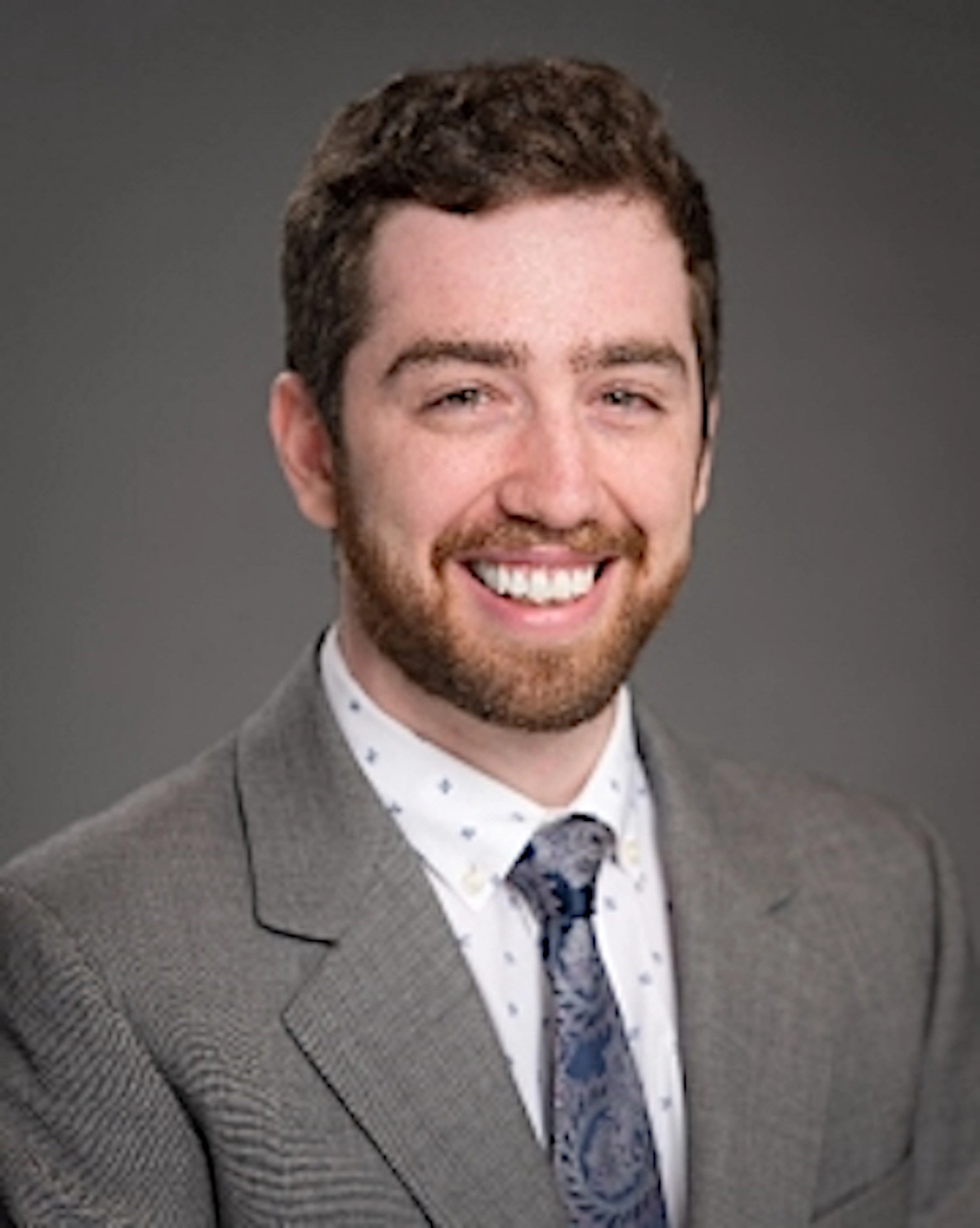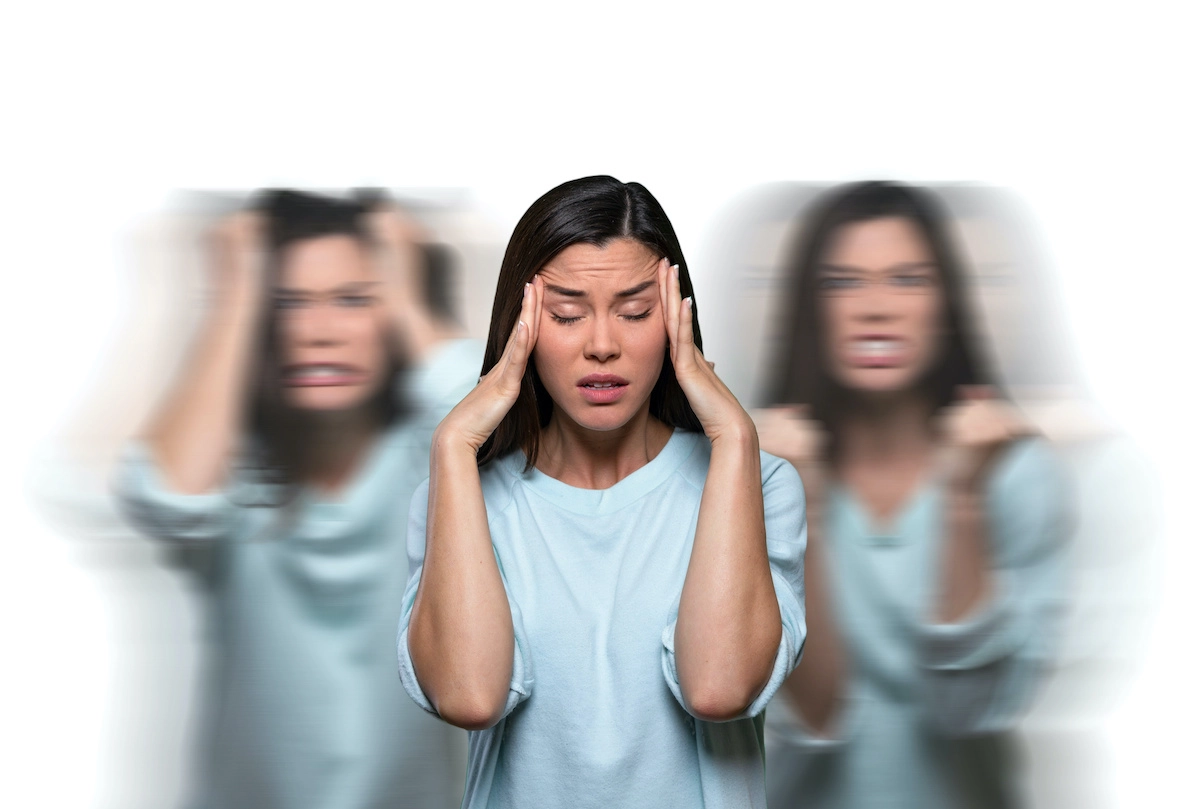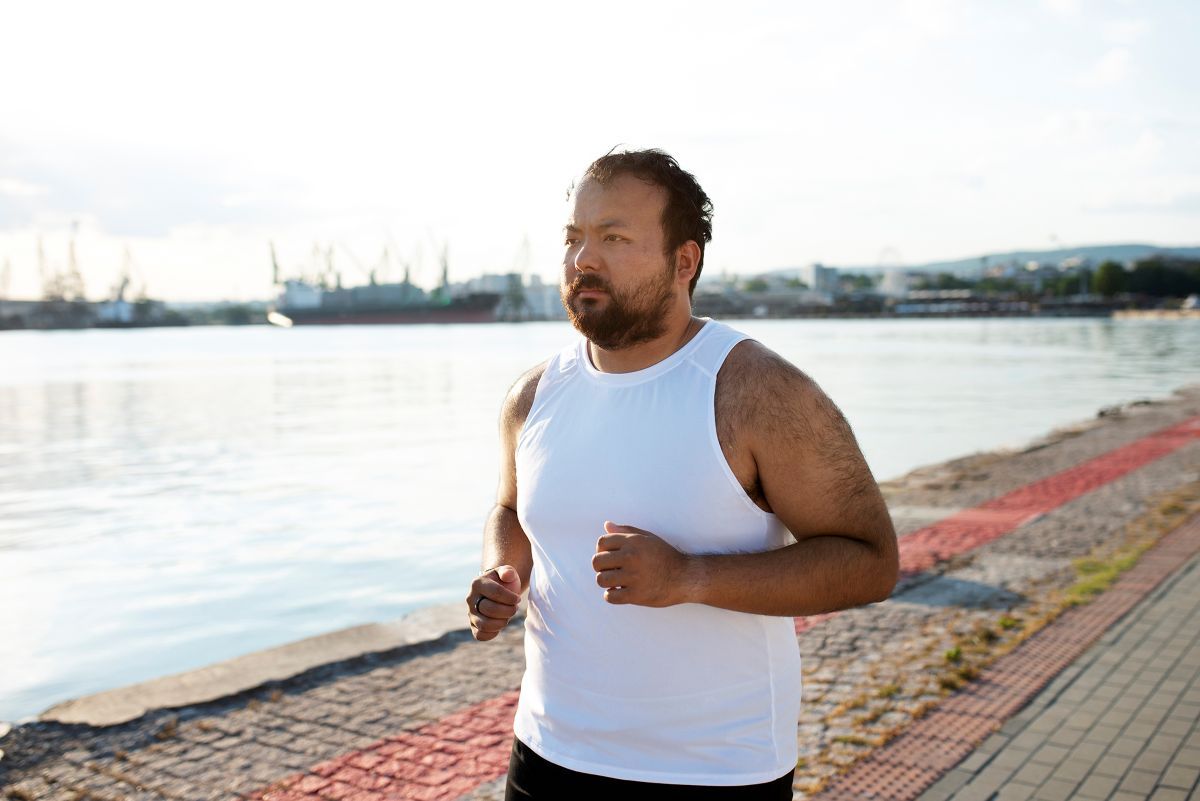
Top headache specialist cites increase in migraines from environmental impact
Global warming continues to be a hot topic now that July 2023 has become the warmest month ever recorded on planet earth. Environmental shifts caused by rising temps are also impacting our physical health, according to one of the top headache specialists in the world. Specifically, the total number of headache and migraine sufferers has swelled to more than 52 million people in the U.S. alone.
“Weather conditions are recognized triggers for some types of headaches,” explains Dr. Fred Cohen, Assistant Professor of Medicine and Neurology at the Icahn School of Medicine at Mount Sinai in New York and published headache researcher. “We have seen patients this summer, including those who haven’t had headache trouble in the past, with other climate change related causes, such as a prolonged allergy season, pollution from wildfires and mold from floods and heavy rain.”
Dr. Cohen notes barometric pressure changes can create sinus pressure that results in brain chemical imbalances, including serotonin levels. Stress and worries about extreme weather events may also contribute to the increased headache rate. Sudden or chronic stress can lead to tense muscles in the head, neck or jaw, resulting in a tension headache, or cause a migraine.
The first step to reducing headaches is a trip to the doctor to identify the type of headache and thus the best treatment. Common culprits besides the environment are hormonal changes in women, foods and beverages, and sensitivity to light or smells.
The upcoming change of seasons not only effects the weather, but it also alters our bodies’ circadian rhythm or internal clock. This reset has recently been linked to cluster headaches and migraines, which together impact more than 40 million people in the U.S., according to a study published recently in Neurology, the American Academy of Neurology’s medical journal. Migraine sufferers reported more or worse migraines between April and October.
Turning back the clock in autumn from daylight savings time can also bring a host of headaches from sleep disruptions. If a person doesn’t get enough REM sleep, they produce higher levels of cortisol that can lead to a headache or migraine.
“While we can’t control the season or the weather, we can monitor the forecast, outdoor air quality and pollen levels and adapt to these new patterns accordingly,” says Dr. Cohen. “We can mitigate its effects with healthy lifestyle choices, such as diet and exercise, and taking the appropriate medications.”
Common treatments are over-the-counter pain relievers or analgesics such as acetaminophen, ibuprofen, as well as prescription options. These can often be taken with other treatments.
Previously, migraines were treated with Triptans, a class of drugs that can balance chemicals in the brain to reduce the inflammation and tightening of blood vessels.
Currently, two FDA-approved classes of rescue treatments are offering migraine relief. Gepants are CGRP receptor antagonists with prescription names UBRELVY® and Nurtec ODT® that can stop migraine pain signals and Ditans, a class of drugs that acts similar to triptans, but doesn’t cause the tightening of blood vessels in the brain.
Preventative migraine treatments include oral blood pressure, depression and anti-seizure and anti-epilepsy medications. Injectable medications include CGRP antagonist antibodies and neuromuscular blockers that use a neurotoxin to temporarily prevent muscle contractions and can block pain signals in the brain. According to the American Migraine Foundation, OnabotulinumtoxinA, also known as Botox®, is a form of botulinum toxin, a neurotoxin. When purified and used in small doses, OnabotulinumtoxinA temporarily prevents contractions in the muscle in which it is injected, which can reduce pain for approximately three months.
Fred Cohen, MD, is one of the few headache specialists in the U.S. trained in both Internal Medicine and Headache Medicine. Based in New York, NY, the world-renowned Headache Specialist is Assistant Professor of Medicine and Neurology at the Icahn School of Medicine at Mount Sinai. Dr. Cohen is Assistant Editor of Headache: The Journal of Head and Face Pain and Current Pain and Headache Reports. For more information visit www.fredcohenmd.com.











